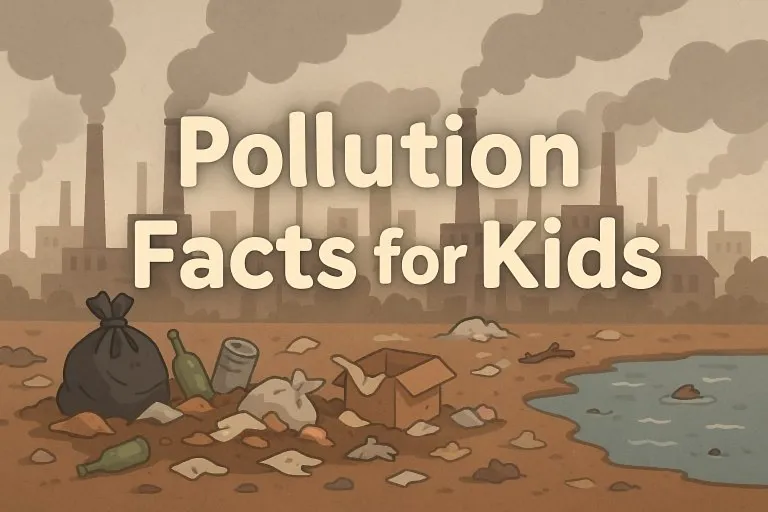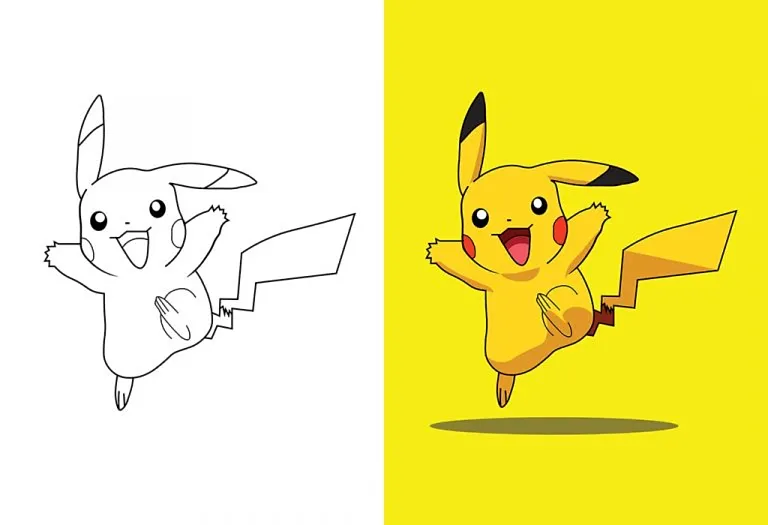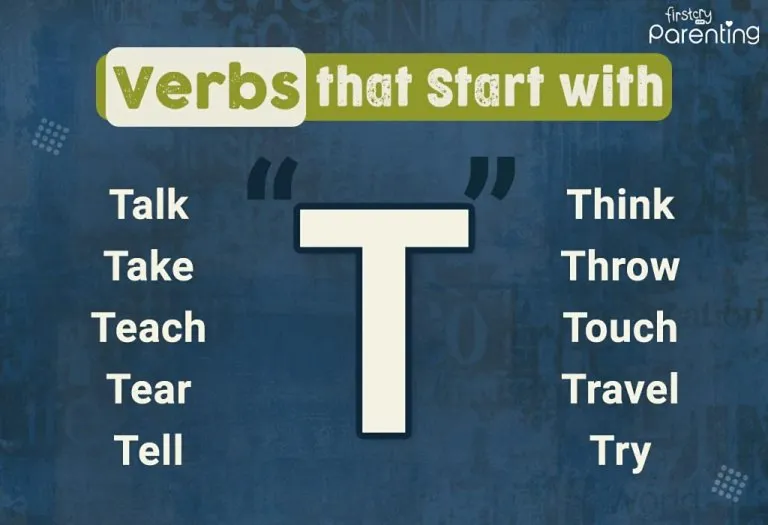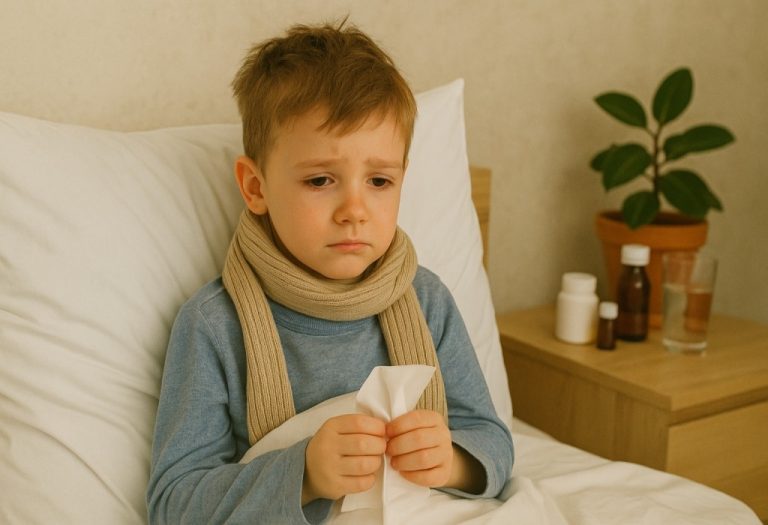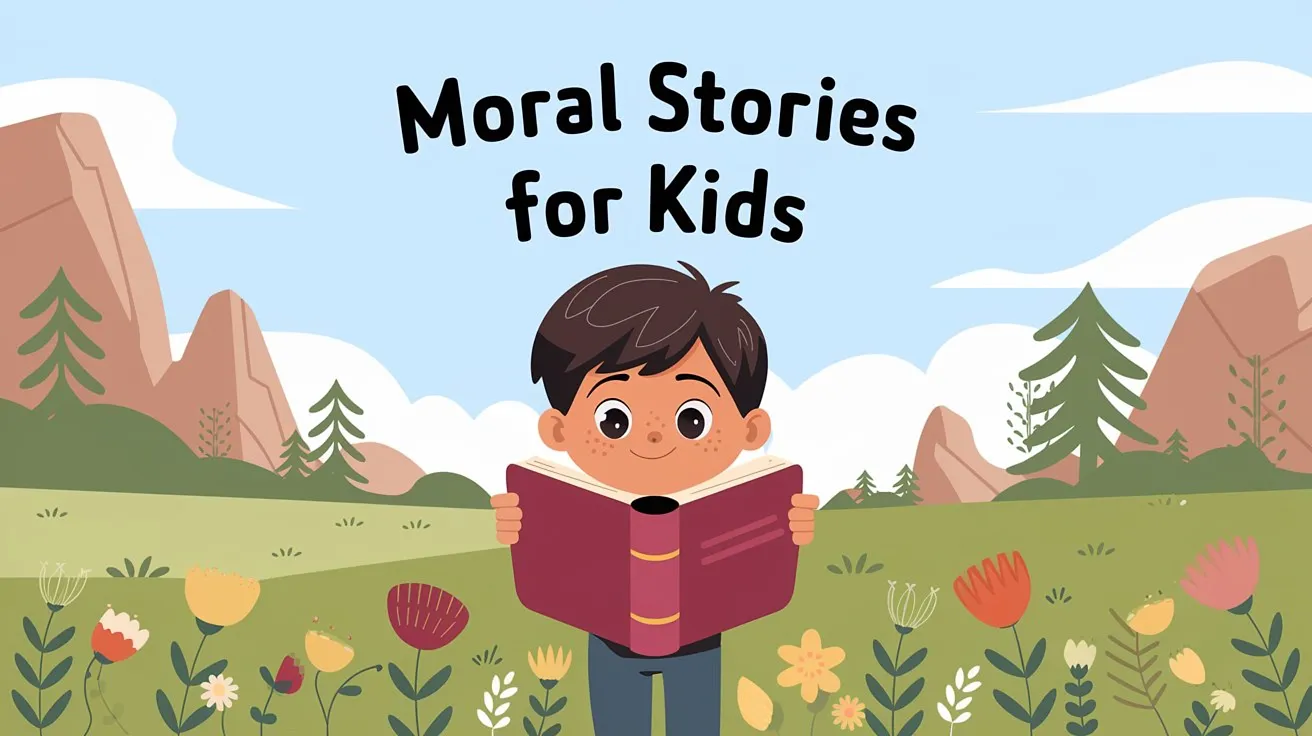15 Must-Know Pollution Facts for Kids
Be it water pollution or noise pollution, all types make our surroundings dirty and unsuitable for living. The harmful gases in the air, chemicals in water bodies, excess noise from construction and heavy machinery, and the dumping of plastics on land pollute our environment. There’s still a lot we don’t know about pollution. In this article, we explore rare and uncommon pollution facts for kids.
Did you know that air pollution affects over 10 million people worldwide and more than 2 million children under the age of five due to its devastating effects. From global warming to biohazards and environmental contamination, increasing pollution renders certain parts of the world unsustainable for life to thrive. These facts about pollution will raise children’s awareness of the serious situation and encourage them to find ways to reduce pollution.
What Is Pollution?
The contamination of air, water, or soil due to natural occurrences or human activities, such as oil spills and the dumping of waste in water bodies, is known as pollution. Pollution results from negligence, a lack of seriousness towards saving the environment and not understanding the consequences of said actions.
Natural resources are depleting, and as human beings, we must save the planet by raising awareness of the situation. Read more to gain insight into the different types of pollution, what is pollution for kids and interesting facts they should know about them.
Types of Pollution
Air, water, and soil are becoming non-renewable resources on Planet Earth, as their rates of renewal are decreasing faster than their rates of depletion. Pollution of these entities introduces harmful substances in the environment, which makes it harder to live, breathe and sustain life. There are primarily four types of environmental pollution. They are-
1. Air Pollution
Air pollution begins with emissions from vehicles such as cars, bikes, planes, and other automobiles, which contribute to air pollution due to the use of fossil fuels for powering engines. Carbon dioxide emissions lead to a rise in the Earth’s temperature, thus leading to global warming. Even the factories that create your favourite products release chemicals and other toxic substances into the air, which leads to pollution.
2. Land Pollution
Dumping industrial waste and household trash into landfills contaminates the soil with toxic substances, which seep into water bodies and increase environmental toxicity. Even wasted food and household items like plastic goods, furniture, clothing and scrap materials all contribute to land pollution for kids when dumped in the environment.
3. Water Pollution
From lower levels of dissolved oxygen to the dumping of chemicals, pesticides, and fertilisers in water bodies, water pollution occurs when toxic foreign substances enter water bodies. Sewage waste leads to the growth of pathogens, which affects the chemical composition of water, and oil spills from ships are major contributors to water pollution. Lack of availability of clean drinking water is a result of water pollution for kids, which forces the global pollution to seek purified or distilled water sources. Pollution of water bodies causes the deaths of aquatic life forms and wildlife.
4. Noise Pollution
From screeches, sirens, and non-stop honking, noise pollution occurs when decibel levels in the environment reach harmful levels and cause damage to human hearing. It leads to stress and insomnia. If you’re exposed to constant noise pollution, you will have trouble focusing and functioning in your day-to-day activities, mentally speaking. Severe cases of noise pollution in the environment even cause loss of hearing, hypertension, and ischemic heart disease.
The Environmental Protection Agency calculated the safe noise level for the public to be a 70-decibel time-weighted average for a 24-hour period (1).
Pollution Facts for Children
Environmental pollution is one of the leading causes of death worldwide, impacting more than 100 million people. This figure is comparable with the global impacts of diseases such as malaria and HIV (2). Here are 15 amazing facts about pollution we bet you didn’t know before.
1. Children have weaker immune systems compared to adults and are always growing, which is why they are vulnerable to the effects of pollution.
2. Pesticides contribute to land and water pollution. Too much contamination leads to birth defects, gene mutation, and cancer. Did you know that 73 different kinds of pesticides reside in groundwater, which is used by the populace as drinking water? This is something kids must be aware of.
3. Deadly bacteria from livestock waste contaminates streams and soils as water spreads across fields, affecting crops and soil fertility.
4. Automobiles that run on fossil fuels contribute to the most air pollution in the world, with over half a ton of carbon dioxide being emitted from each vehicle. Air pollution levels are expected to soar by double the present amount by the year 2030 as more cars are manufactured.
5. Plastic is one of the major sources of land pollution due to its being non-biodegradable, thus being dumped in landfills and polluting oceans.
6. In many cities and towns, raw sewage runs directly into the rivers and seas, spreading disease in its path and causing algae to grow in water bodies and absorb all the oxygen content in them. This leads to the death of marine life and aquatic animals.
7. Poisonous gases that make up smog and toxic substances are released into the air by some industries during manufacturing processes. This leads to respiratory diseases and death around the world, even contributing to a rise in global warming and creating difficulty in breathing.
8. Rocks hit by oil rigs in oceans spill into the sea and kill aquatic wildlife and marine plants underwater.
9. Localities near seaports, congested roads and railways are the places with the highest levels of air pollution in cities.
10. There are over 250 million instances of water-driven diseases, which led to 10 million deaths around the world.
11. Greenhouse emissions from fossil fuels increase the acidity levels in oceans, thus making water unfit for consumption.
12. Over 70% of industrial wastes are dumped into water bodies by developing countries around the world.
13. 1 million seabirds and 100 million mammals die every year due to water pollution.
14. In 2010, the composting and recycling of waste materials had saved approximately 85 tons of waste from being dumped into the environment.
15. The world’s biggest producer of carbon dioxide is China, followed by the US as the second.
FAQs
1. What is global warming?
Global warming, often referred to as climate change, is a gradual increase in the Earth’s average temperature, resulting in higher sea levels, expansion of deserts, and more intense rainfall. The primary cause of global warming is the increased concentration of carbon dioxide (CO2) and the emission of other greenhouse gases that trap heat in the Earth’s atmosphere (3).
2. What is the climate crisis?
Climate change, often interchangeably used as climate crisis, is the persistent alteration in the temperature and weather patterns resulting from global warming. The rapid increase in this phenomenon over recent decades has been fueled by the increased burning of fossil fuels, including coal, oil, and gas (4). The Intergovernmental Panel on Climate Change (IPCC) warns that if the current trend continues, the global temperature could increase by 1.5°C between 2030 and 2052 (5). This rise in temperature will lead to frequent and severe weather changes, causing destructive consequences.
3. What are the harmful effects of air pollution?
Exposure to pollution increases the likelihood of various health problems for children and adults, such as a high risk of heart disease, respiratory diseases like asthma and heart strokes, dementia, various kinds of cancers, a decrease in cognitive abilities, ADHD, and concentration issues, and more (6).
4. How does pollution impact the wildlife?
Pollution caused by human activities, such as deforestation, building dams, burning wildlife, and dumping garbage in landfills, makes the habitat unsuitable for living for wildlife. It increases the overall temperature of the Earth, which confuses animals and birds about when to migrate and when to reproduce. Cutting down trees and using such lands for human purposes displaces wildlife from their original homes, ultimately reducing their population, which disrupts the food chain and causes a significant impact on the wildlife and the entire ecosystem. Plastic discarded by humans in rivers and oceans is often ingested or entangled by animals, resulting in their death. All in all, pollution makes the living conditions of wildlife unsuitable, making survival very difficult (7).
5. How can we reduce pollution through our day-to-day activities?
Dumping and burning of plastic is one of the major contributors to air, land, and water pollution. Reducing the dependency on plastic by switching to biodegradable, eco-friendly products is a great way to reduce plastic pollution. Instead of taking individual cars to reach a common destination, people can carpool or use public transport and save fuel resources and energy. Conserving energy by switching off lights and switching to solar power are ideal ways. Composting kitchen garbage, leaves, and garden flowers produces high-quality manure, reducing the load on landfills and leading to lower methane production, a harmful gas for the environment. Reusing and recycling products will reduce their usage and pollution (8).
From taking lives to ruining the environment, it wouldn’t be a surprise if we face a situation where air quality causes difficulty breathing or have zero drinking water in the future, at the rate pollution is increasing rapidly. Every human being’s contribution counts, which is why we must strive for a greener lifestyle and an eco-friendly way of living. Share this pollution information for kids with your children and raise awareness.
Remember the 3 Rs – Reduce, Reuse and Recycle and encourage your neighbours to exercise them by setting an example yourself. The world will thank you.
Also Read:
Water Pollution Facts for Children
Drought Facts and Information for Kids
Global Warming and Climate Change Facts
Air Pollution Information and Facts for Kids
Was This Article Helpful?
Parenting is a huge responsibility, for you as a caregiver, but also for us as a parenting content platform. We understand that and take our responsibility of creating credible content seriously. FirstCry Parenting articles are written and published only after extensive research using factually sound references to deliver quality content that is accurate, validated by experts, and completely reliable. To understand how we go about creating content that is credible, read our editorial policy here.
1. PubMed Central – What Is a Safe Noise Level for the Public?
2. Do Something – 11 Facts About Pollution
4. Arctic Ice Project – The Necessity of Climate Intervention: Why Immediate Action Is Critical
5. IPCC – Summary for Policymakers
6. Clean Air Fund – 6 reasons air pollution is everyone’s problem
7. PubMed Central – Effects of environmental change on wildlife health





